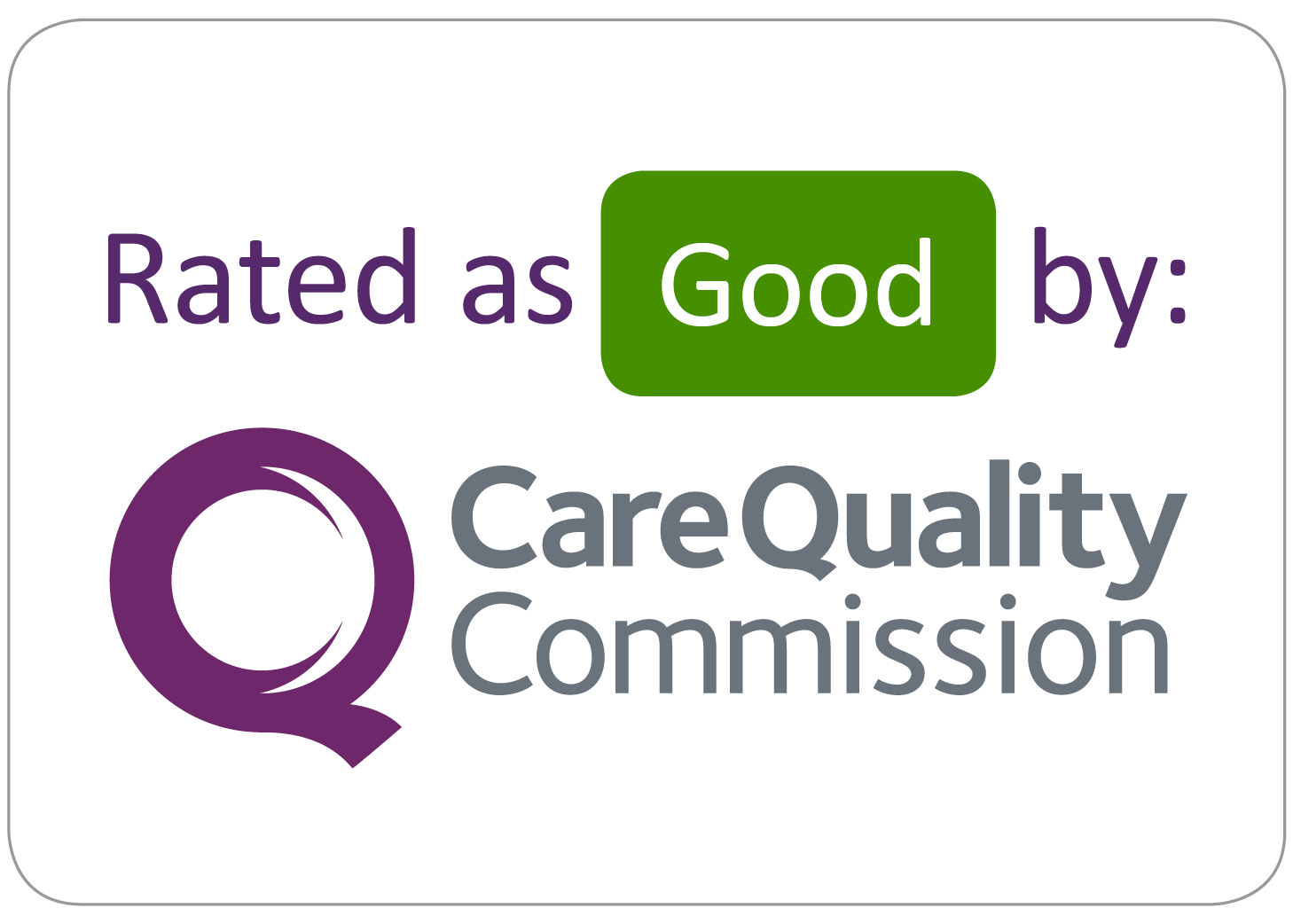What to Expect in SDEC for Urology Conditions (DM Version)
Our Approach in SDEC Urology
- Fast and Safe Care: We aim to diagnose and treat quickly, then discharge you with clear advice on when to come back.
- Teamwork: We work closely with radiologists, specialist nurses, and the on-call urology team.
- Follow-up: Your care doesn’t stop here we’ll make sure you’re referred to the right clinic or community service for ongoing support.
Testicular Pain (Torsion vs Infection)
If you come to SDEC with testicular pain, we act quickly because it can be serious.
- Testicular torsion is an emergency where blood supply to the testicle is cut off.
- Epididymo-orchitis is an infection that causes pain and swelling.
What will happen?
- A gentle examination will be done, but if torsion is suspected, we won’t delay treatment.
- Tests may include urine checks, blood tests, and an ultrasound scan to look at blood flow to the testicle.
Treatment:
- If torsion is suspected or confirmed: you’ll go straight to surgery to untwist the testicle.
- If infection is confirmed: antibiotics will be prescribed.
- Pain relief, scrotal support, rest, and ice packs will help you feel more comfortable.
Going home:
- Torsion: surgery is urgent, so you’ll go to theatre immediately.
- Infection: most patients go home with antibiotics and follow-up. If you’re very unwell, you may need a short hospital stay for IV antibiotics.
Visible Blood in Urine (Haematuria)
Seeing blood in your urine can be alarming. While it’s sometimes harmless, it can be a sign of something serious, so we always investigate.
What will happen?
- We’ll ask about your symptoms (clots, pain, weight loss) and check your observations.
- Tests may include urine checks, blood tests, and a bladder scan to see if clots are causing a blockage.
Treatment:
- If clots are blocking the bladder, we may flush it using a special catheter.
- The main step is an urgent referral to a Haematuria Clinic for further tests like a camera check (cystoscopy) and a CT scan.
Going home:
- You’ll leave with a confirmed referral and advice on when to return (e.g., worsening bleeding, dizziness, or trouble passing urine).
Catheter Problems
Catheter issues are common and include blockages, leaking, pain, or accidental removal.
What will happen?
- We’ll check what type of catheter you have and when it was inserted.
- A bladder scan may be done if there’s a blockage or leakage.
Treatment:
- Blocked catheter: we’ll try flushing it. If that doesn’t work, we’ll replace it.
- Leaking catheter: usually means a blockage, so flushing or changing it may help.
- If the catheter was accidentally removed, we’ll reinsert it.
Going home:
- Most patients go home once the problem is fixed, with advice to contact their GP or district nurse if issues return.


















